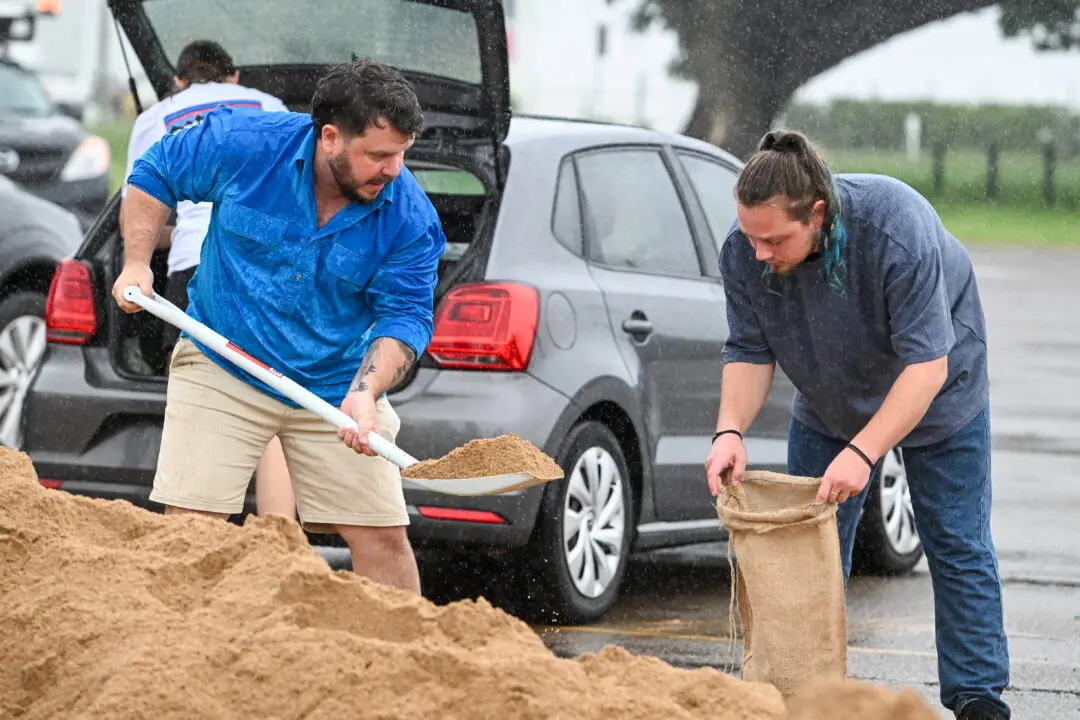
Treasurer Jim Chalmers speaks to media during a press conference in Brisbane, Australia, on April 20, 2023. AAP Image/Jono Searle
Australian workers can expect to see their pay packets growing faster than consumer prices by early next year.
An improvement in real wages, which accounts for the corroding effect of inflation on pay increases, was previously earmarked for midway through 2024.





